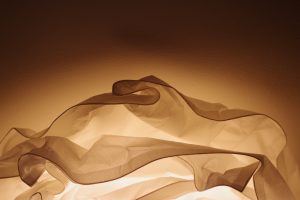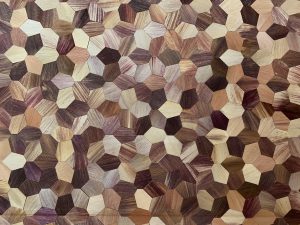What materials to use to sustain your environment?
Every day we are surrounded with materiality that we have no idea what it is made from. What it leaches into the air or our environment and how it is affecting our health and well-being.
People play a crucial role in how they impact the environment!
Today we are going to investigate how materiality affects our environment and what are the best types of materials to use to enable you to maintain your health and well-being at
an optimal level.
As we are spending more and more time in our interior environments, we need to be thinking about, enforcing the use of green and sustainable materials. Research has shown us that the majority of people respond well to living and working in an environment that uses materials that are natural and have a strong connection to nature.
Society is now becoming consciously aware of their prior actions on our built and natural environments, and finally recognising the interconnectedness of people, buildings, communities, and nature, in the creation of an environmentally responsible environment.
We need to be mindful of the materiality we put into our environment!
As society is beginning to understand the critical role they play and the direct impact that they have on the environment, which has now resulted in the need for interiors that demonstrate environmentally sustainable interior design.
When selecting and specifying green and sustainable products for our built environment we need to be mindful of how it is going to impact our environment in the future. As a starting point for the main materiality in our environments. Below is a list of what to look for in fabrics, flooring, walls, and ceilings.

Fabrics provide some insulation, absorb sound, add softness whilst providing physical comfort. The following should be considered before a fabric and any other material can be selected as
green or sustainable.
- Have harmful chemicals been used during the manufacturing process?
- What is the fabric made from, is it 100% renewable or 100% recyclable?
- Is it made from animal by-products i.e. animal hides?
- What is the longevity of the fabric?
- Is it biodegradable?
Fabrics that are green and sustainable which are made from plant fibres include – Organic cotton, organic linen, bamboo, agave, nettle, hemp, seacell, soy fibre, lyocell, and bark cloth. Green and sustainable animal fibres include – wool, cashmere, alpaca, camel hair, leather, and silk.
 Flooring is one of the first surfaces people choose or should, as it is a predominant material and it establishes the look and feel of your environment. The most effective green and sustainable flooring choices are as follows.
Flooring is one of the first surfaces people choose or should, as it is a predominant material and it establishes the look and feel of your environment. The most effective green and sustainable flooring choices are as follows.
Hard Wood, FSC wood, reclaimed Wood; Fast-growing and renewable materials i.e. cork, bamboo, linoleum, recycled rubber. Natural Stone; tile or terrazzo; made from pre or postconsumer recycled content; and finished in situ concrete. Carpets can be made from wool, organic cotton, bamboo, hemp, and jute, whilst their underlay can be made from recycled content and it is possible to refurbish carpets.
Walls and ceilings are the last materiality on people’s minds. Not much thought is given to what materiality we use for our walls and ceilings when there are some interesting green/sustainable alternatives in the market i.e. Earth-based natural plasters are one of the healthiest wall finishes. This clay-based plaster gives the opportunity for the wall to absorb and release moisture as required. Wall panels/wall covers which are made from non-toxic recycled materials along with rapidly renewable materials are also an option.
Paint is another materiality that can have the most natural ingredients sourced or those with the lowest VOC content. Also, think about how you dispose of your excess paint in an environmentally friendly way.
Materiality is one of the keys to overcoming climate change in our natural and built environments and additionally enabling us to maintain our health and well – being.
Image 1 – Totomoxtle (cornhusks) – Image courtesy of John Cameron (@johncameron) – source Unsplash
Image 2 – Swirl fabric in light – Image courtesy of Nadir SYz YgY (@nadir_syzygy) – source Unsplash
Image 3 – Glass – Ryerson University Student Learning Centre (SLC), Toronto, Canada- Image courtesy of Scott Webb (@scottwebb) – source Unsplash
Download printable article Materiality – Article


No Comments